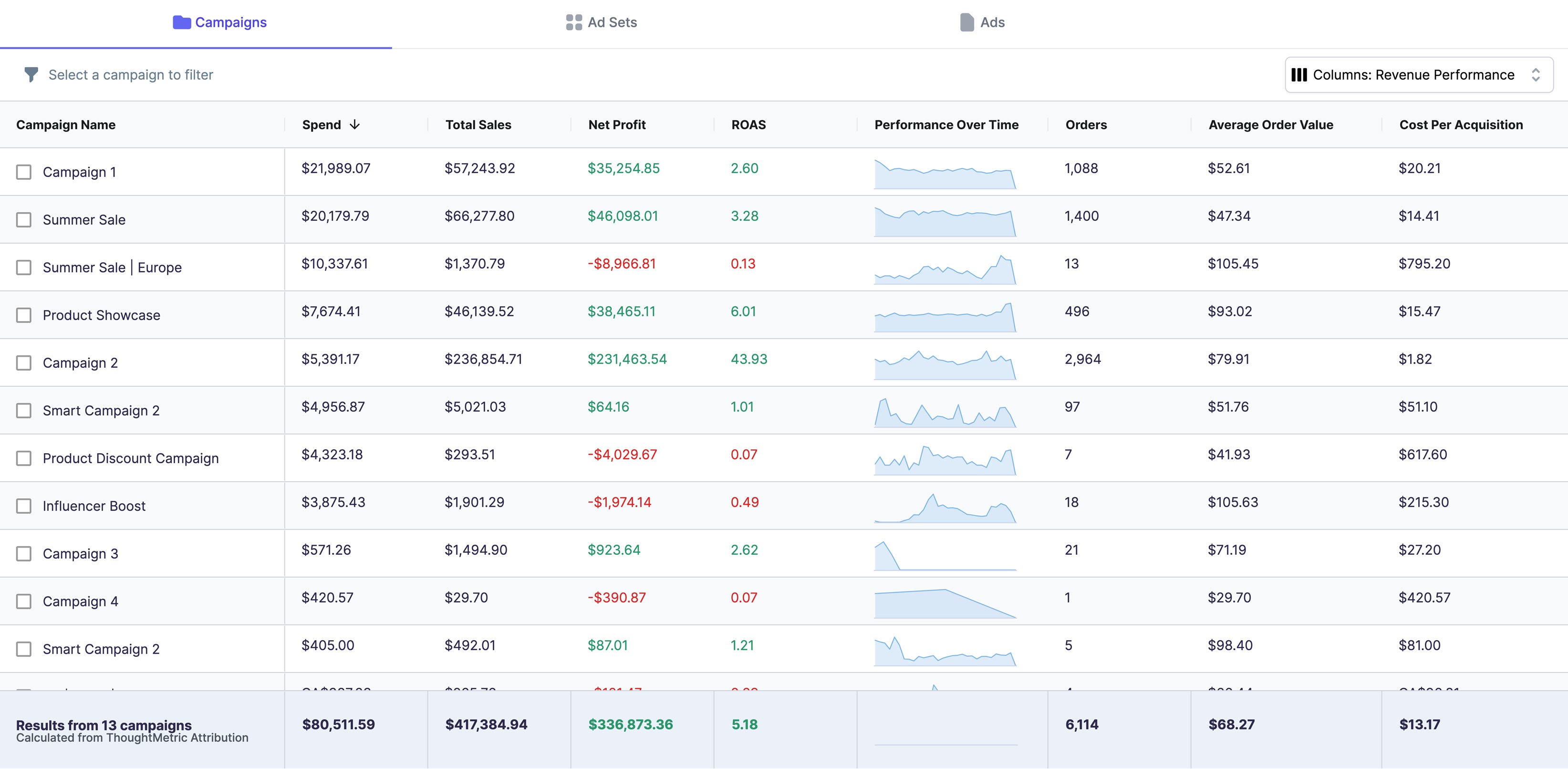The Meta Audience Network is one of those placements you might leave on by default. But if you have ever wondered where those impressions are actually going or whether they are helping you make sales, you are not alone.
Here is a quick breakdown of what it is, how it works, and whether it is worth keeping in your campaign setup.
What is the Audience Network?
The Audience Network is Meta's way of extending your ads beyond Facebook and Instagram. When you include it in your placements, Meta can show your ads in third-party apps and mobile websites. That means your creative might show up in a game someone is playing, a news article they are reading, or a random app they opened that day.
It is all still powered by Meta's targeting. But instead of showing up in feeds or stories, your ads are showing up off-platform.
Why do advertisers use it?
Simple. It is cheap. The Audience Network often comes with a much lower cost per impression or click. If your goal is reach or traffic, it can help stretch your budget. Since it is one of the default placements in Meta, a lot of advertisers leave it on without even realizing it or knowing what it actually does.
But cheaper clicks do not always mean better performance.
So does it work?
That depends on your goals. If you are optimizing for brand awareness or running top-of-funnel traffic campaigns, the Audience Network might help. You can get more impressions for less spend.
If your goal is purchases, you need to pay closer attention. The Audience Network can sometimes inflate click metrics without delivering real conversions. A click from a mobile game is not always as valuable as a click from someone scrolling Instagram. You will want to look at post-click behavior and attributed revenue.
Is the Audience Network good for e-commerce?
Not always. For most e-commerce brands focused on conversions and ROAS, the Audience Network is usually not the top-performing placement. You might see low cost-per-click numbers, but those clicks often come from low-intent environments—like in-app ads or mobile web placements that do not convert as well.
That said, if you are running a product discovery campaign or trying to build a retargeting pool, it might serve a purpose. But if your goal is to drive purchases and you are seeing weak conversion rates from Audience Network placements, you are better off reallocating that spend to higher-performing placements like Instagram Feed or Facebook Stories.
It is worth testing, but most e-commerce brands do not keep it on long term unless the data proves it works.
In Ads Manager, you can break down results by placement. Look for "Audience Network" and compare it to your other channels. Pay attention to:
- Cost per result
- Conversion rate
- Revenue per click
- Time on site or bounce rate (if using GA)
If you are using ThoughtMetric or another attribution tool, check whether Audience Network clicks are part of converted journeys. If they are not showing up in attributed sales, that is a red flag.
Should you use it?
Test it. Do not assume it is good or bad. Run a campaign with and without it, and compare performance based on your actual goals.
If you are optimizing for clicks or impressions, it might be worth keeping. If you are optimizing for purchases and it is not pulling its weight, turn it off.
Like most things in Meta, the answer is not one-size-fits-all. But knowing what the Audience Network actually is—and what the data says about it—puts you in a better position to decide.





